The lifesize statue of Tutankhamun, discovered in his tomb in the Valley of the Kings, is one of the most iconic artifacts of Ancient Egypt. This masterpiece offers profound insights into the artistry, religious beliefs, and cultural practices of the New Kingdom, particularly during the 18th Dynasty (ca. 1332-1323 BC). Let’s explore the masterpiece of the 18th Dynasty BC with archeology.dulichvn.net
The Symbolism Behind the Statue of Tutankhamun
The Khat Headdress
Tutankhamun is depicted wearing the khat headdress, a piece commonly associated with Egyptian royalty. The simplicity of this headpiece contrasts with the more elaborate nemes headdress often seen on other pharaohs, emphasizing the spiritual and protective role of this statue rather than its ceremonial grandeur.
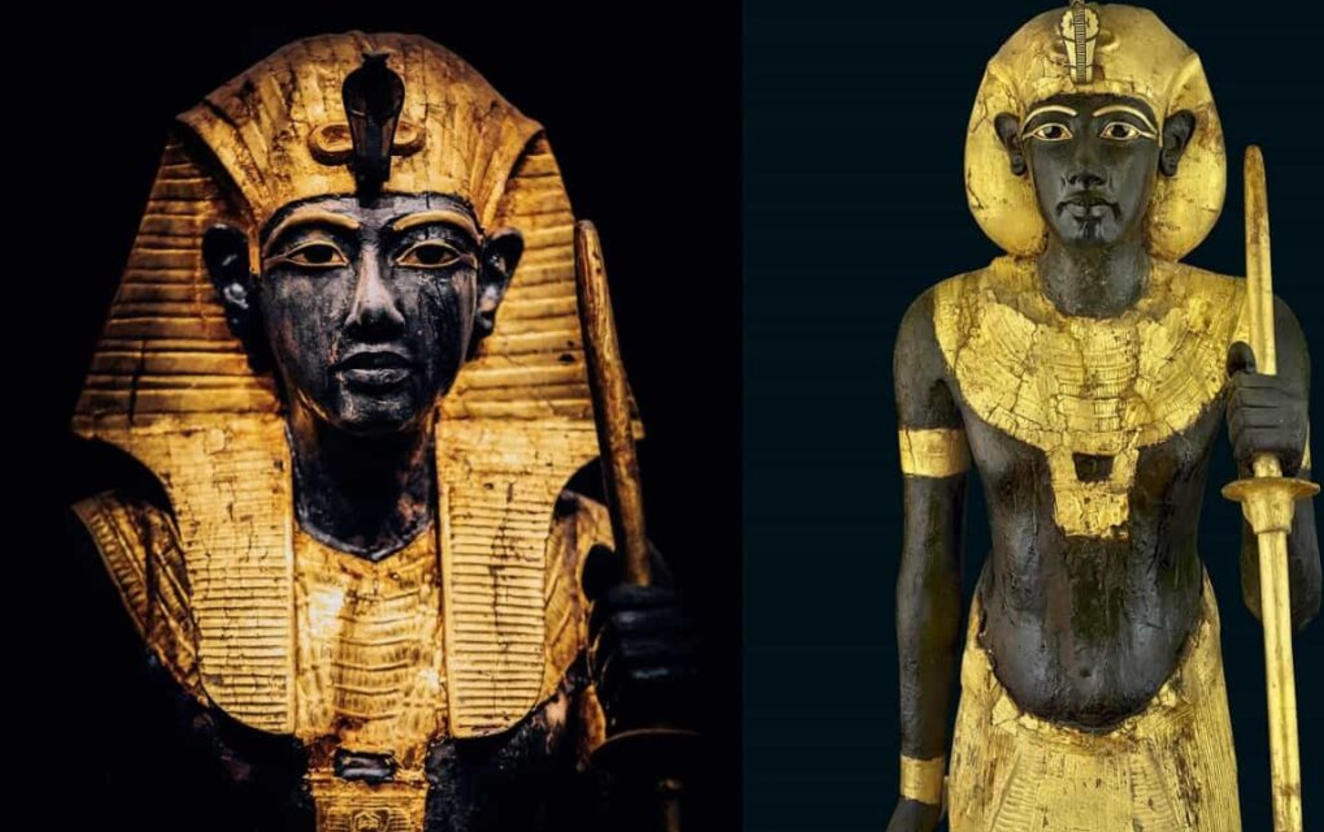
The Color Black: Fertility and Resurrection
The statue’s black skin holds deep symbolic meaning. In Ancient Egypt, black represented the fertile mud of the Nile River, which flooded annually and ensured the land’s fertility. This connection to the Nile linked the statue to resurrection, regeneration, and the continuity of life—themes central to Egyptian beliefs about the afterlife.
Guardian of the Afterlife
This statue is one of two that stood at the entrance of Tutankhamun’s burial chamber, symbolically guarding his tomb. These figures, known as “Ka” statues, represented the king’s soul or spirit and were believed to protect and guide him in the afterlife.
See more: Interesting Facts About Trajan Rome’s Great Emperor
Historical and Religious Context
Tutankhamun’s Reign in the New Kingdom
Tutankhamun reigned during a pivotal period in Egyptian history, the New Kingdom. His short reign marked the return to traditional religious practices following the tumultuous Amarna period, during which his predecessor Akhenaten had introduced a monotheistic worship of the Aten.
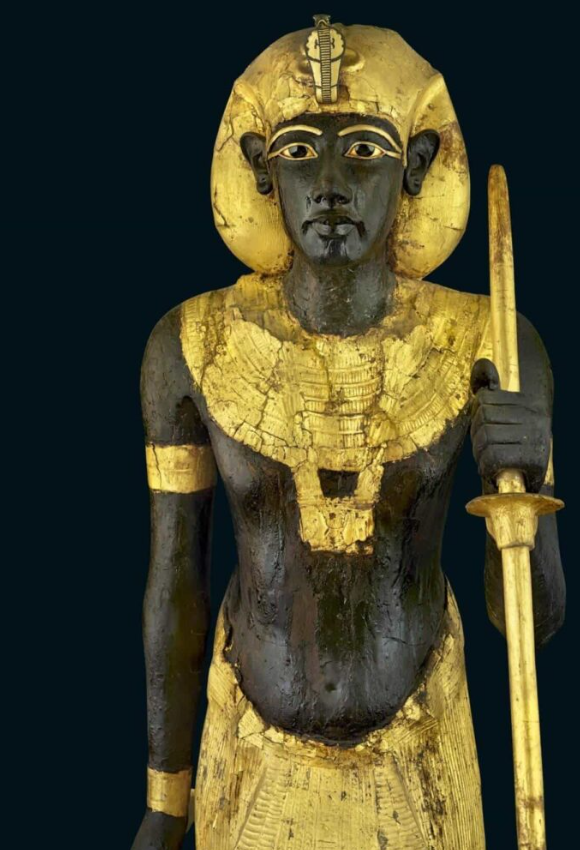
The Role of “Ka” Statues
The Ka, in Egyptian belief, was a person’s vital essence or spirit. These statues were created to provide a physical vessel for the Ka, ensuring its survival and connection to the material world. As guardians of the burial chamber, the statues of Tutankhamun served both spiritual and protective roles.
Discovery in the Valley of the Kings
The lifesize statue was discovered in 1922 by Howard Carter in the tomb of Tutankhamun (KV62). It was part of a treasure trove that included over 5,000 artifacts, each contributing to our understanding of Ancient Egyptian funerary practices and royal life.
Artistic and Archaeological Significance
Masterful Craftsmanship
The statue’s lifelike proportions and intricate details showcase the exceptional skill of New Kingdom artisans. From the delicate rendering of facial features to the smooth surface of the black-painted skin, every aspect reflects the high level of artistry achieved during this period.
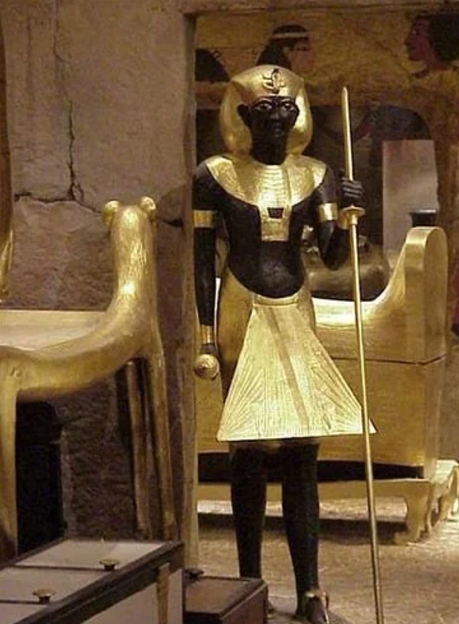
Materials and Techniques
The statue was crafted from wood and coated with black resin to achieve its striking appearance. The use of such materials not only highlights the Egyptians’ resourcefulness but also underscores the symbolic importance of the artifact’s color and finish.
Preservation and Exhibition
Today, the lifesize statue of Tutankhamun is housed in the Egyptian Museum in Cairo, where it continues to captivate visitors from around the world. Its excellent state of preservation allows modern audiences to appreciate its original splendor and the profound beliefs it represents.
See more: A Rare Roman Slave Tag: Unveiling the Harsh Realities of Ancient Rome
The Legacy of Tutankhamun’s Lifesize Statue
A Glimpse into Ancient Egyptian Beliefs
The statue provides invaluable insight into the religious and cultural practices of Ancient Egypt. It emphasizes the pharaoh’s role as both a mortal ruler and a divine entity tasked with maintaining order and harmony in life and death.
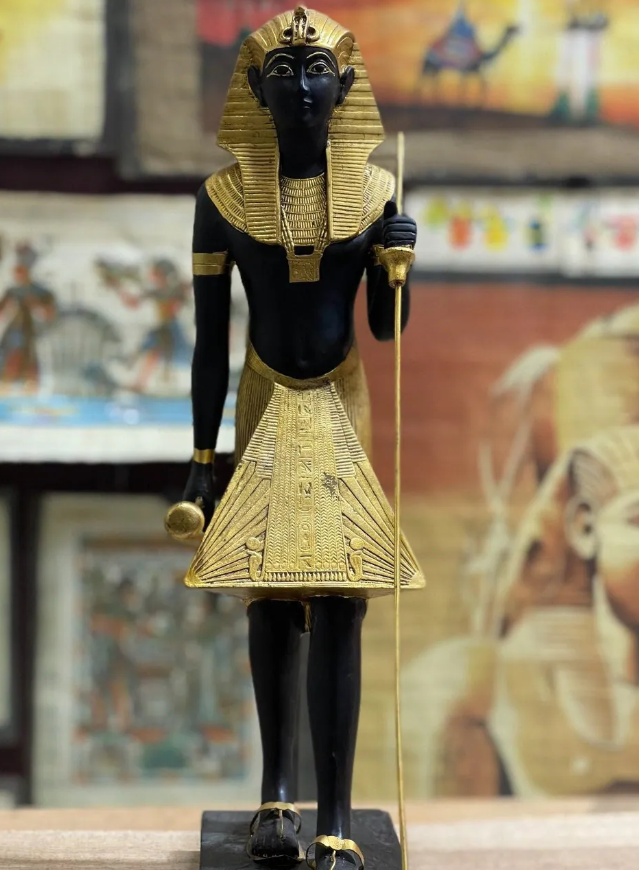
Symbol of Eternal Life
As a guardian of the afterlife, the statue encapsulates the Egyptian belief in the eternal journey of the soul. Its placement at the entrance of the burial chamber underscores its role in ensuring Tutankhamun’s safe passage to the next world.
Modern Inspiration
The discovery of Tutankhamun’s tomb and its treasures, including this lifesize statue, reignited global interest in Ancient Egypt. It inspired countless works of art, literature, and films, cementing the young pharaoh’s legacy as one of history’s most fascinating figures.
Conclusion
The lifesize statue of Tutankhamun is more than just a remarkable artifact; it is a powerful symbol of the religious, artistic, and cultural achievements of Ancient Egypt. From its intricate design to its profound spiritual significance, this masterpiece continues to awe and inspire those who study it.
As it stands today in the Egyptian Museum, the statue serves as a timeless connection to a civilization that revered the mysteries of life, death, and the afterlife. Its enduring legacy reminds us of the rich heritage and sophistication of the Ancient Egyptian world.

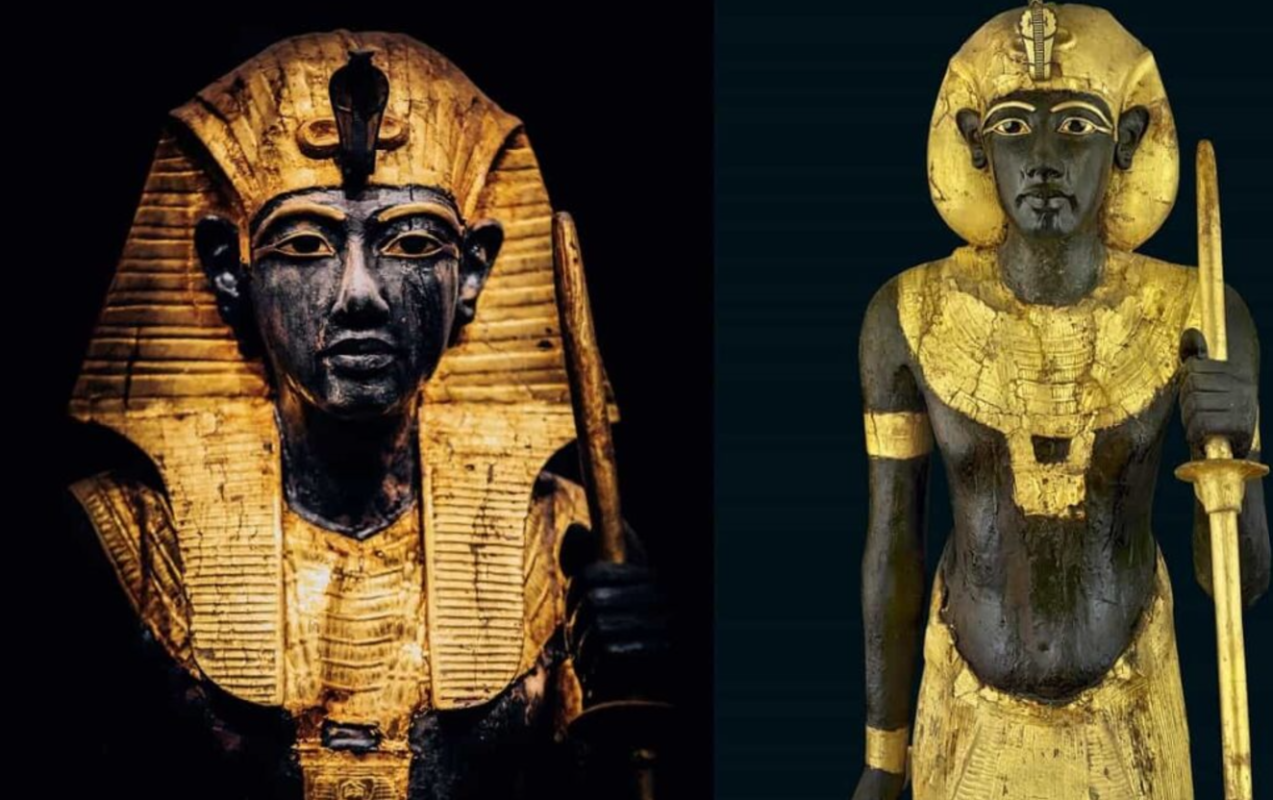
CÁC TIN KHÁC
Mark Twain & Olivia Langdon: A 36-Year Love Story Filled with Laughter and Devotion
The Tollund Man: A 2,400-Year-Old Mystery Preserved in a Danish Bog
Skara Brae: Scotland’s Hidden Neolithic Village
Porta Nigra: The Hidden Depths of Trier’s Iconic Roman Gate